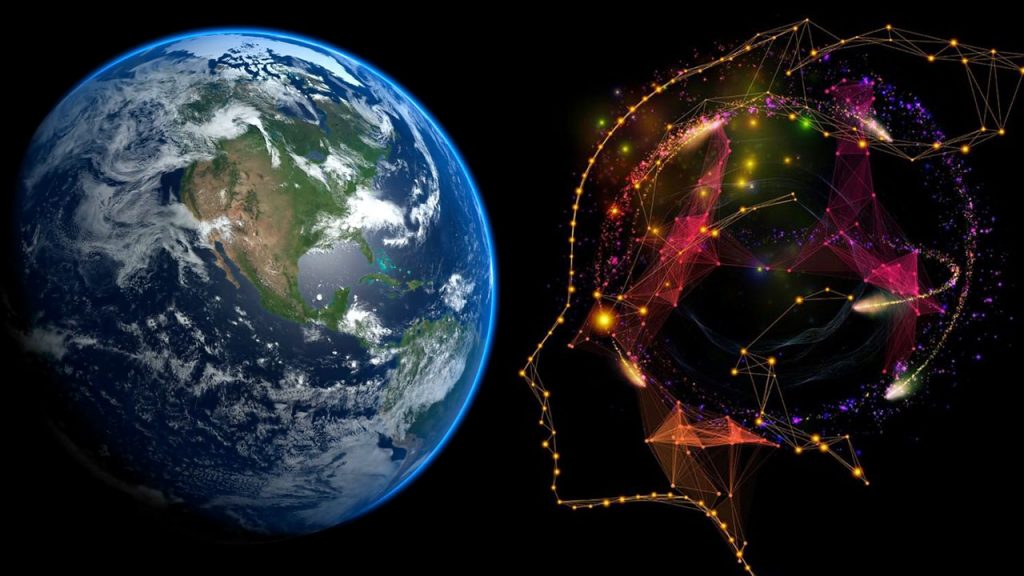What is Geospatial AI or Geo.AI?
By Aditya Chaturvedi - March 27, 2018
Artificial Intelligence (AI) has become a buzzword that symbolizes the next stage of innovative technological transformations and how the industry in the future would be driven. Using intelligent algorithms, data classification and smart predictive analysis, AI has its utility in a large number of sectors.
A more specific subset of AI that combines the exactitude of GIS with the razor-sharp analysis and solution-based approach of AI is termed Geospatial AI, or simply Geo.AI.
Geospatial AI can also be called a new form of machine learning that is based on a geographic component.
How does it work?
With the help of simple smartphone applications, people can give real-time feedback about the conditions in their surroundings, for example, traffic congestion, the details of it, the peak hours, their experience of it, their rating: low, moderate, or dense. The data is then collated, sorted, analyzed and it enhances its accuracy and precision because of thousands of users contributing to the database.
This approach of using geographical location would then not only fill the information void but also help in more efficient solutions for particular geographic locations. For Instance, it would be able to predict which area in the city would face maximum congestion, or which route commuters should take, or where the vehicle flow can be rerouted.
And this also lets the system know how the severity of a problem looks like to the people and then devises new ways of addressing them.
Various applications of Geospatial AI
Traffic congestion is just an example because it is a problem we grapple with almost every day while commuting from our homes to workplaces and vice-versa. But the applications of Geo.AI are in a number of sectors, including those that use location and GIS. Ride-sharing companies, logistics, farming, surveying, and infrastructure are some of the prominent examples.
Ride-sharing companies like Uber, Lyft etc. can take similar feedbacks from customers and the process the data to find out the density of cars and the availability of drivers.
In logistics and supply chain, Geo.AI can plug the gaps and gather more accurate location information that can streamline product delivery and save time.
It is now commonplace for a project based on deep learning to simultaneously operate multiple machines in the cloud, each with a large amount of data storage and memory and all working to tackle the same problem. However, just a few years back this level of automation and use of deep learning was not considered feasible either due to cost constraints or limitations in the implementation of technology.
Similarly, Geo.AI capabilities would be enhanced as it is more widely embraced by the industry, and incorporating the geographical and location component in AI would serve multiple purposes.
Overall, in the realm of business, Geospatial AI would substantially improvise planning, resource allocation, and decision-making – predicting the surge in demand and supply, identifying the prospects of high and low margin, multiplying supply chain efficiency, and optimizing service delivery. The scope of Geospatial AI is simply endless.























 895
895











 被折叠的 条评论
为什么被折叠?
被折叠的 条评论
为什么被折叠?








